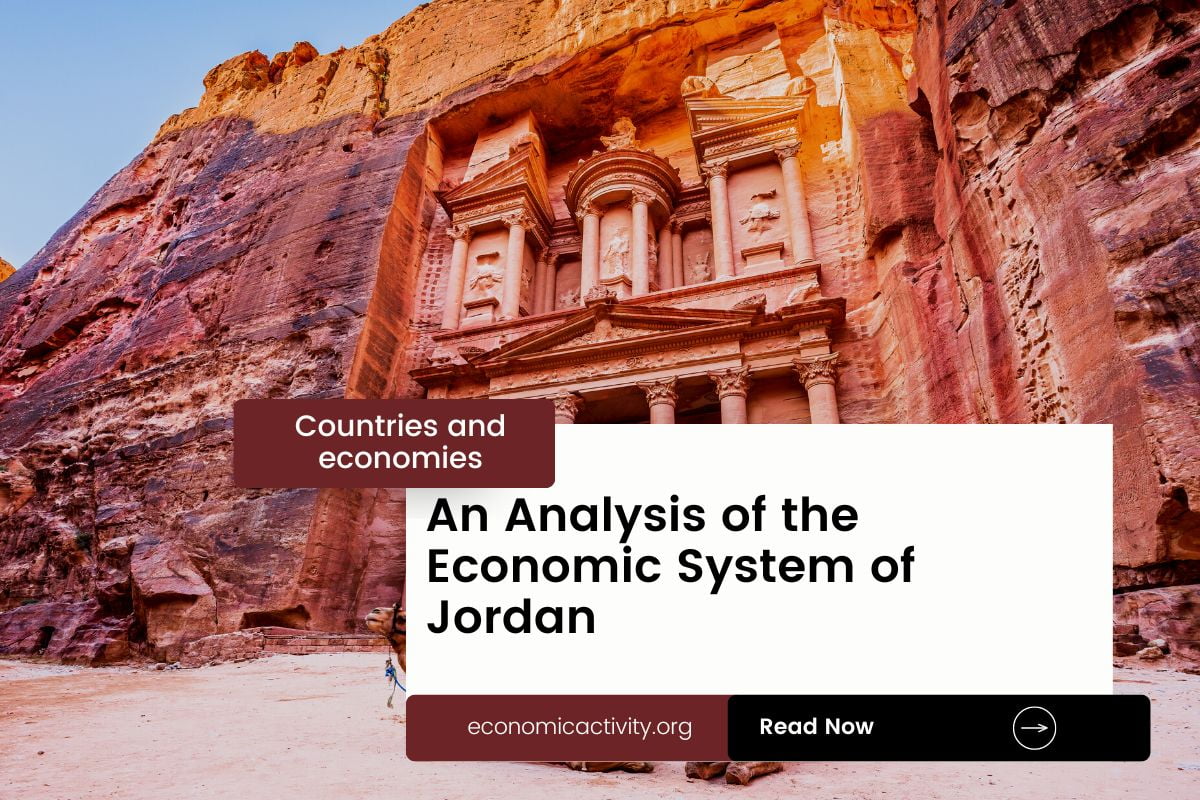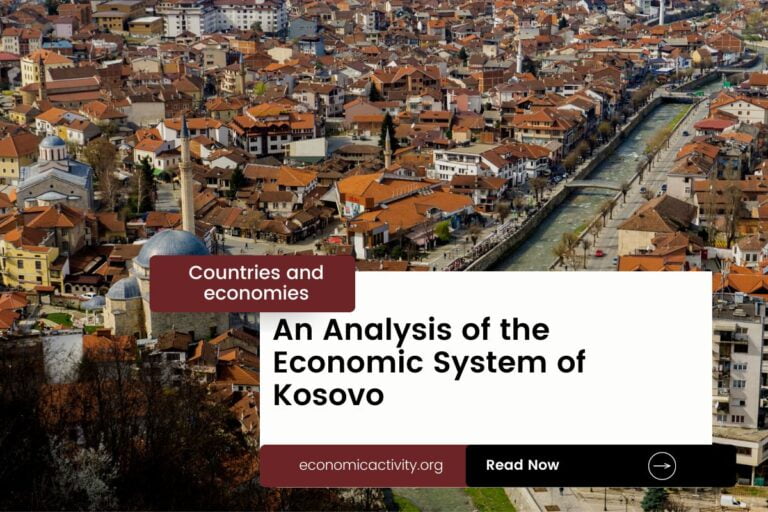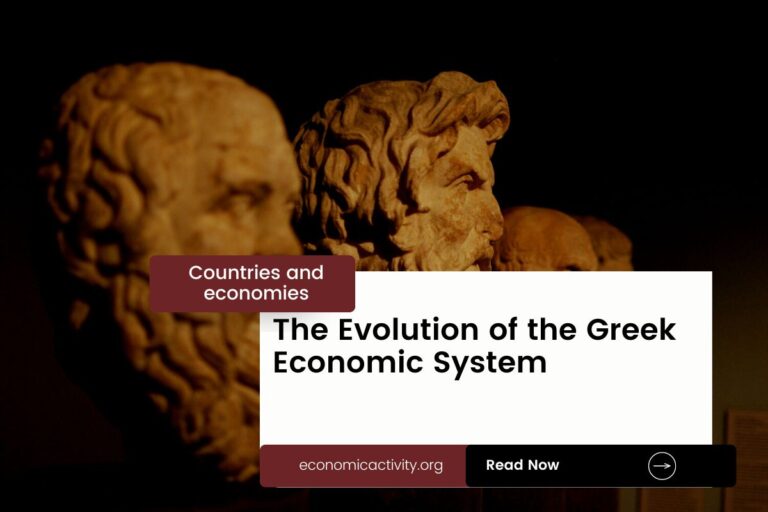What is the economic system of Jordan? The economy of Jordan is based on a mixed economy. The country’s economic system combines elements of a market economy and a planned economy.
Jordan’s economy is heavily reliant on services, particularly tourism and financial services. Agriculture and mining also contribute, but face challenges such as water scarcity and limited resources.
In Jordan, the economy is composed of a private sector, consisting of individuals and businesses that make autonomous decisions based on self-interest, and a public sector, where the state determines the production and distribution of certain goods and services. No country is purely capitalist or purely communist.
What do the freedom indexes tell about the economic system of Jordan?
Now, to determine if a country is mostly a market economy or a planned economy, it is useful to examine some economic indexes. For instance, according to the 2022 Index of Economic Freedom, which measures the ability of every human to control his own labor and property, Jordan is ranked 87th globally and 5th in the Middle East and North Africa indicating that the country has a moderately free economy.
In a similar way, the 2022 Freedom House index evaluates the state of political rights and civil liberties globally. Generally, market economies tend to align more with democracy and freedom, while command economies tend to be characterized by greater state control and fewer democratic and civil liberty protections. Jordan gets a score of 33/100, which qualifies it as Not Free.
Jordan is a country where the government controls what people do for political reasons, and people have limited freedom to choose (what, how much and how to produce, whether to buy or not, selling price, etc.)
The Link Between Public Sector Employment and the Economic System of Jordan
An indicator of the extent to which the State is involved in the economy is the number of public sector employees. In Jordan, according to ILOSTAT, the number of public sector employees as a percentage of the total workforce is 24.3% (2019). In the country’s mixed economy, the number of public sector employees as a percentage of the total workforce varies based on the specific policies and practices adopted by the State.
Some economic activities are left to the private sector while others are under government control. The bigger the public sector the closer is the economy to being a command economy.
What do the biggest companies in Jordan say about the country’s economic system?
The biggest company in the Jordan should also be looked at, as well as whether it is a state-owned or private company. In this case, Arab Bank is a leading financial institution in Jordan, providing banking services to customers in the Middle East and around the world. The company’s key shareholders include Jordan’s Social Security Corporation at 15.1%, Saudi Oger at 9%, Oger Middle East Holding at 7.2%, and Saudi Arabia’s Finance Ministry at 4.5%. source
Jordan’s private sector industries include tourism, pharmaceuticals, and information technology. Public industries include transportation, energy, and healthcare.
The historical factors that have influenced the economic system of Jordan
Jordan’s mixed economy system is the result of a combination of factors, including the country’s geographic location, its history of foreign occupation, and its reliance on foreign aid. Jordan’s economy has been heavily influenced by its proximity to the Middle East, which has resulted in a reliance on oil exports and foreign investment.
Additionally, the country’s history of foreign occupation has led to a reliance on foreign aid and a lack of economic diversification. Finally, the country’s limited resources have led to a reliance on imports and a lack of domestic production.





Leave a Reply